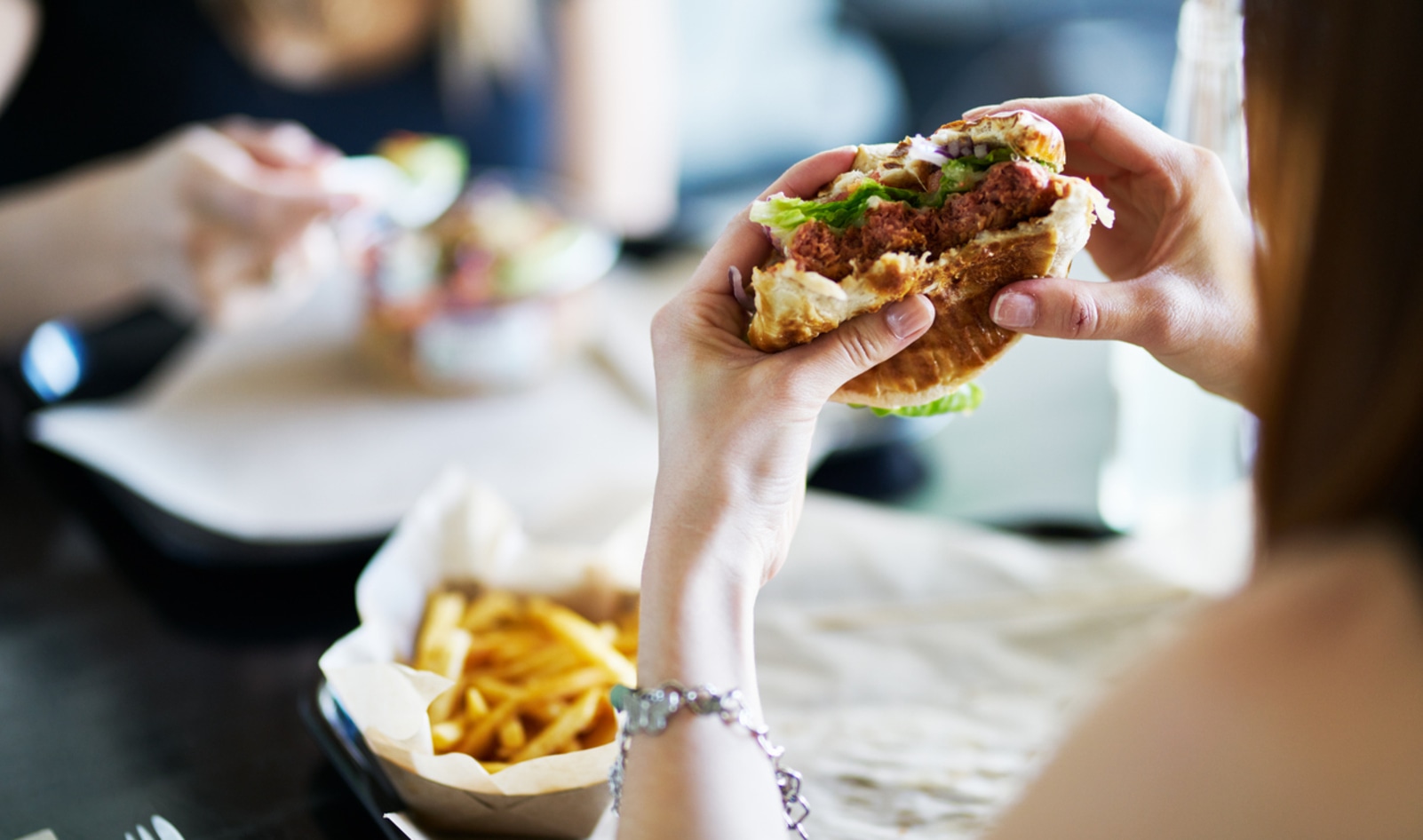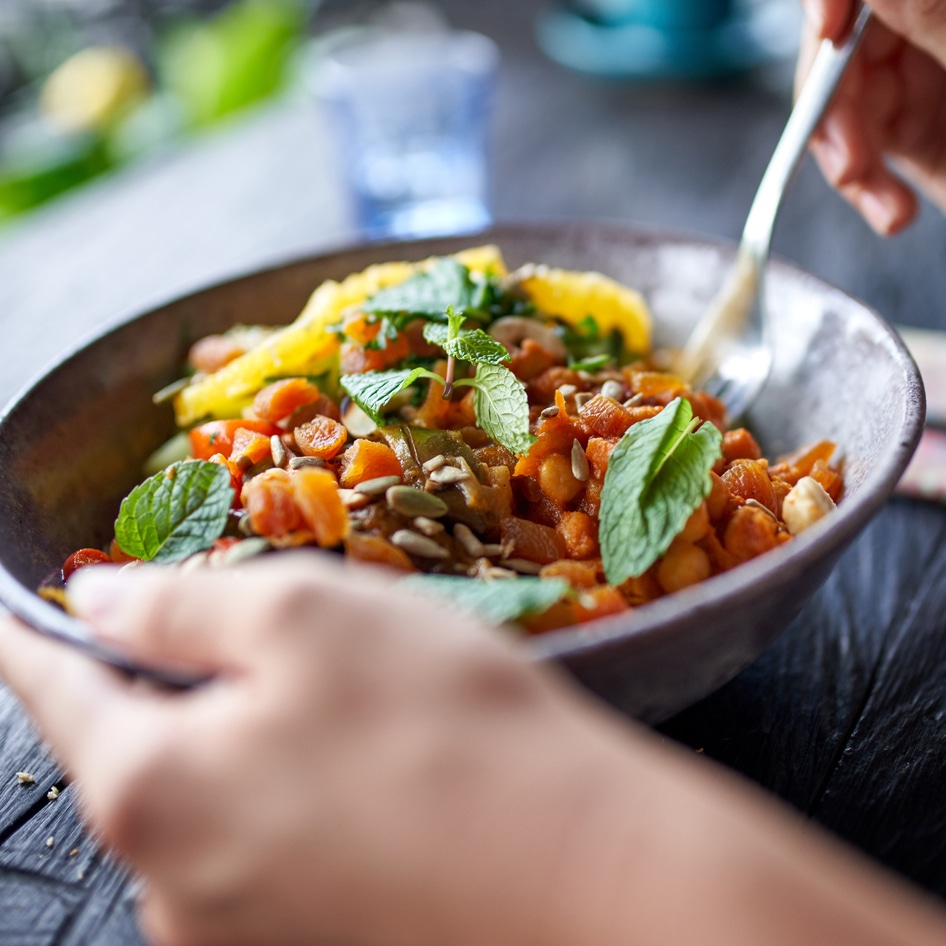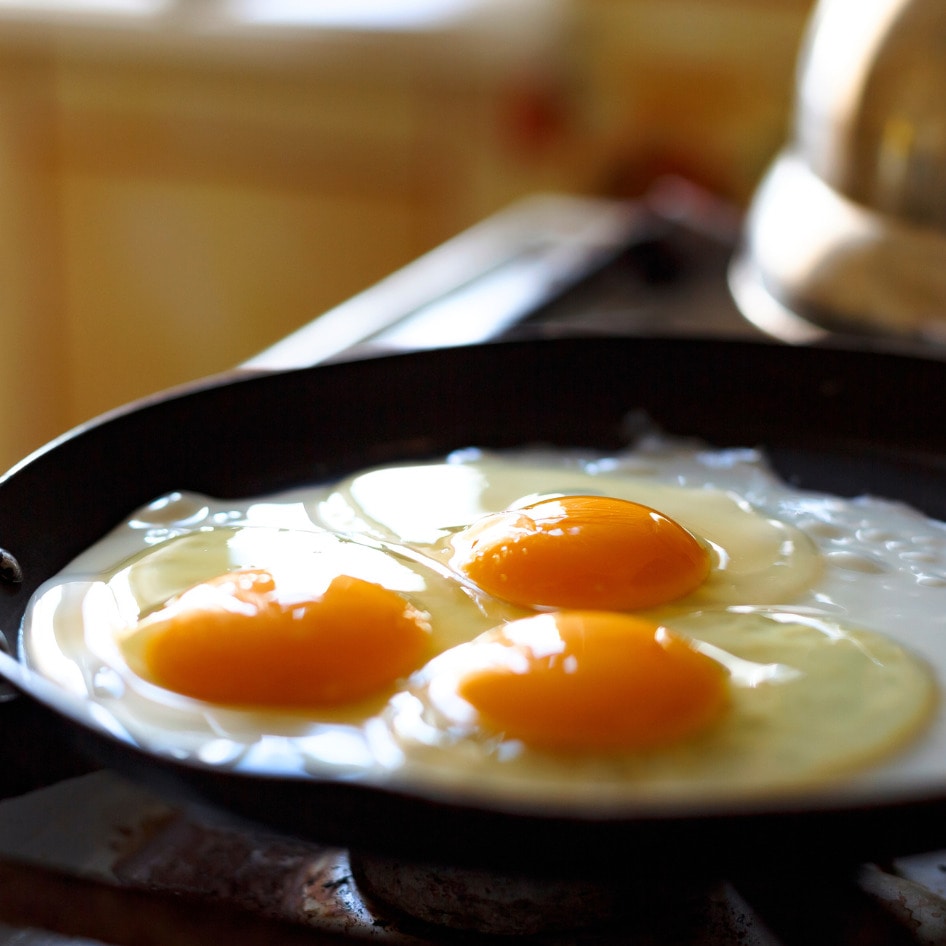High‑protein diets are having a moment. Bodybuilders and wellness influencers tout protein shakes, steak dinners, and bountiful egg breakfasts as the secret to weight loss, muscle gain, and endless energy. (“Carnivore babies” are even trending.) Grocery stores stock shelves with protein bars and powders, and some eating plans such as keto and Paleo encourage piling on meat while cutting back on carbohydrates.
When you’re trying to shed pounds or build strength, it’s tempting to load up on protein. But what does all that extra chicken, tofu, or shake mix do to the microbes living in your belly? Your gut houses trillions of bacteria and other tiny organisms that help digest food, regulate immune function and even produce mood‑boosting chemicals. Emerging research shows that a protein‑heavy menu can change those microbial communities, sometimes for better and sometimes for worse.
 Canva
Canva
A recent clinical trial is offering some real-world insight into how high-protein diets may shift what’s happening in your gut. In an 8-week study of 80 adults who were overweight or obese, participants were randomly assigned to either a high-protein plan—about 30 percent of daily calories from protein—or a standard-protein plan at 15 percent.
When researchers analyzed hundreds of stool samples, they found the high-protein group had greater diversity in their gut bacteria, a sign often linked to better gut health. Certain microbes like Akkermansia and Bifidobacterium—both associated with metabolic benefits—became more abundant, while Prevotella, which thrives on carbohydrate-rich diets, declined.
The takeaway? Tweaking your protein intake can influence the makeup of your gut microbiome in just weeks, and those changes may affect how your body responds to weight-loss diets.
When protein ferments
Protein isn’t just digested and absorbed. Once food leaves the small intestine, any extra protein that hasn’t been used by your body makes its way to the colon. There, gut bacteria feast on it, producing an assortment of chemicals. Some of these substances are beneficial. Short‑chain fatty acids, for example, help nourish the cells that line the colon and can keep inflammation in check. Others are far less friendly.
The same microbiology report explained that “the fermentation of undigested protein in the colon can produce beneficial short‑chain fatty acids or harmful metabolites such as ammonia and sulfides, which are linked to gastrointestinal disorders.” In plain terms, too much protein can cause bacteria to make toxins that irritate the gut.
 Getty
Getty
Picture your colon as a thriving community. Give that community diverse foods like vegetables, fruits, and whole grains, and it produces compounds that make you feel good. Overload it with protein while also skimping on fiber, and different bacteria take over. These microbes churn out ammonia and sulfides that can damage the colon wall and have been associated with conditions like irritable bowel syndrome. That’s why even if you’re increasing protein, it’s important not to forget the salads, beans and oats that feed the bacteria making protective short‑chain fatty acids.
Why protein source matters
Not all proteins affect your gut in the same way. A 2025 study from North Carolina State University looked at how single sources of protein altered the microbial landscape in mice. Diets based only on egg whites, brown rice, soy or yeast each produced a different bacterial community. Researchers wrote that “the composition of the microbiome changed significantly whenever the protein source changed,” with some foods prompting more dramatic shifts than others. Brown rice, yeast, and egg white diets had the biggest effects, they noted.
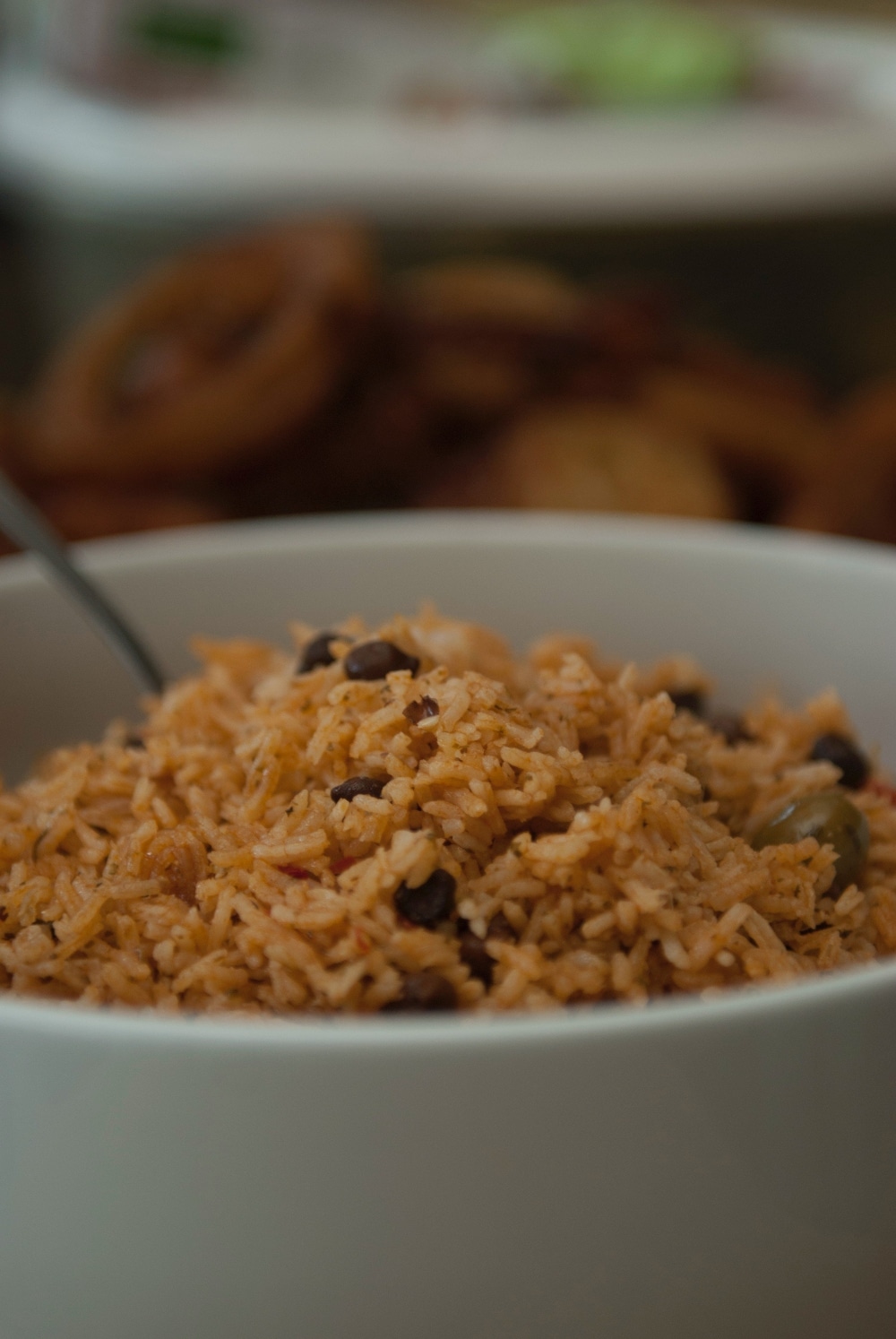 Pexels
Pexels
The type of protein also influenced what the bacteria were doing. Diets centered on brown rice or egg whites caused microbes to break down amino acids and complex sugars instead of making their own building blocks. When gut bacteria spend their time dismantling proteins rather than performing their usual tasks, they can produce harmful compounds. That research suggests it’s not enough to choose plant over animal protein—the variety and preparation of those proteins matter too.
Lead author Alfredo Blakeley‑Ruiz commented on the modern eating habits driving these changes. He observed, “There’s something wrong with what we’re eating today,” explaining that the team wants to understand how current diets and food processing methods impact the gut microbiome.
Navigating animal and plant options
People following high‑protein diets often gravitate toward animal products. Beef, chicken, fish, eggs, and dairy can supply protein and essential amino acids, but they also come with other nutrients that impact gut health. Many animal proteins are rich in sulfur‑containing amino acids. When microbes break down these amino acids, they generate hydrogen sulfide. In small amounts, hydrogen sulfide is harmless. In excess, it becomes toxic to the cells lining the colon. Diets heavy in red and processed meats have been linked to increased production of compounds that have been implicated in colorectal cancer. Relying on cheese and meat for most of your meals can also crowd out the plant fibers that beneficial bacteria thrive on.
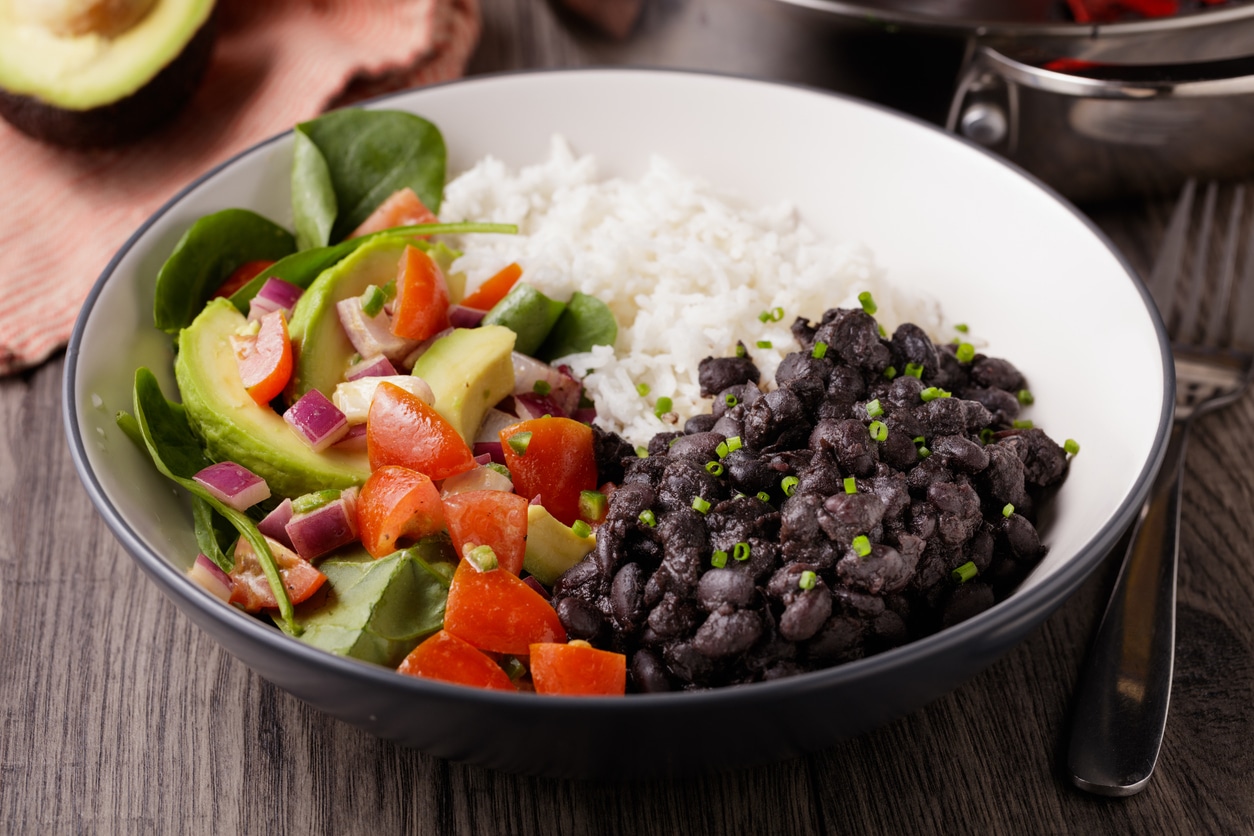 Getty
Getty
Plant proteins offer an alternative, but they aren’t automatically a microbiome cure‑all. Beans, lentils, nuts and seeds come wrapped in fiber and phytochemicals that feed good bacteria. They foster an environment where beneficial microbes can make protective fatty acids. However, highly processed plant proteins such as soy isolates or yeast extracts may lack the fiber and complexity of whole foods. The North Carolina study noted that certain plant proteins, like brown rice and yeast, prompted bacteria to increase amino acid breakdown. That finding doesn’t mean you should avoid these foods altogether; rather, it points to the importance of variety and balance.
If you choose protein powders, check whether they contain added fibers or prebiotics. Combining a plant‑based protein shake with a banana or handful of oats can give your gut microbes the fuel they need. For omnivores, incorporating vegetables, whole grains and legumes helps create a more hospitable environment for diverse bacteria.
The amino acid angle
Protein is made up of twenty different amino acids, and those amino acids aren’t all metabolized the same way. Some, such as phenylalanine and tryptophan, are aromatic and serve as precursors to neurotransmitters like dopamine and serotonin. Others, like leucine, isoleucine, and valine, are branched‑chain amino acids often marketed to athletes. The mouse study at the microbiology conference revealed that diets high in aromatic amino acids led to the greatest weight loss and produced unique shifts in the gut bacteria. Branched‑chain amino acid diets created a different set of microbial changes. While human studies are needed, this research hints that the types of protein supplements you choose could influence your gut as much as your muscles.
BECOME A VEGNEWS VIP: Get exclusive product deals, freebies, and perks galore!
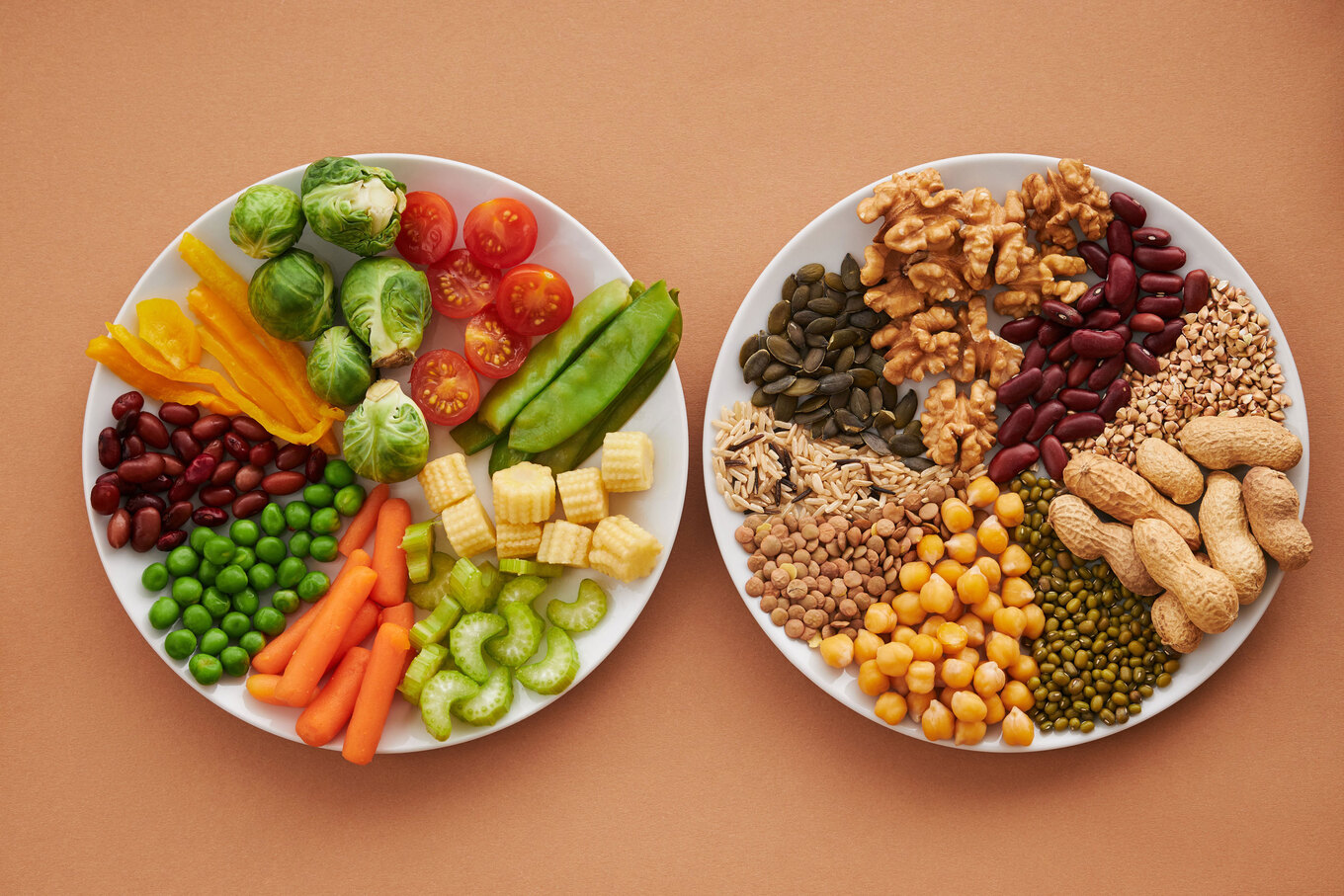 Vanessa Loring | Pexels
Vanessa Loring | Pexels
For the average person, the takeaway is not to memorize amino acid profiles but to appreciate that diversity in protein sources matters. Whole foods provide a mix of amino acids along with vitamins, minerals, and fiber. Relying exclusively on one type of protein powder or eating the same meat every day may narrow your microbiome and skew metabolite production.
Don’t ditch the fiber
High‑protein, low‑carb diets often encourage cutting out bread, grains and starchy vegetables. That can lead to quick weight loss, but it also deprives your gut microbes of their favorite fuel: fiber. When the diet lacks fiber, gut bacteria turn to protein for energy. As the researchers from the microbiology study warned, fermenting too much protein can produce ammonia and sulfides that irritate the gut. Fiber is more than just roughage; it feeds beneficial bacteria and helps maintain a healthy mucus layer in the intestine.

Including fiber doesn’t mean sacrificing protein goals. Try pairing grilled tempeh with a quinoa salad, or have scrambled tofu on whole‑grain toast topped with avocado. Sprinkle seeds onto yogurt or blend spinach into a protein smoothie. These simple additions ensure that your gut microbes receive the diverse fibers they need to make protective short‑chain fatty acids. Eating a colorful plate of plant foods alongside your protein helps maintain microbial harmony.
Finding balance
What does all this science mean for your dinner plate? High‑protein diets can deliver benefits, particularly for satiety and muscle maintenance, but moderation and variety are key. Those benefits don’t mean ignoring the needs of your gut. Choose a mix of low-fat, high-fiber protein sources like beans, lentils, nuts, and seeds, to give your digestive bacteria a wide array of nutrients. Balance proteins with plenty of fruits, vegetables, and whole grains. Avoid relying solely on processed protein bars or shakes, and read ingredient lists to avoid products that cut corners on fiber.

Pay attention to how your body feels. Excessive protein can lead to bloating, constipation or unusual smelling stools, which may signal that your gut microbiome is out of balance. If you’re following a very high‑protein regimen and notice digestive discomfort, gradually reintroduce complex carbohydrates and consult a registered dietitian or healthcare professional. Ultimately, the gut microbiome thrives on diversity, and so does your overall health. Embracing a variety of foods rich in fiber and choosing whole sources of protein helps support the trillions of tiny organisms that call your gut home and, by extension, your own well‑being.
For more plant-based stories like this, read:
JUMP TO ... Latest News | Recipes | Guides | Health | Subscribe

